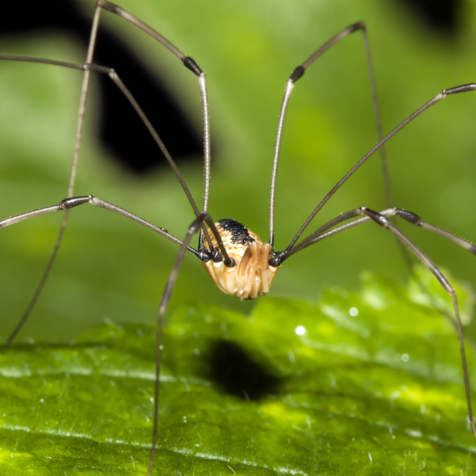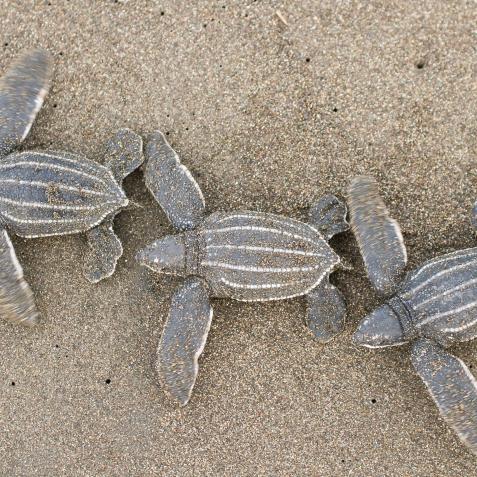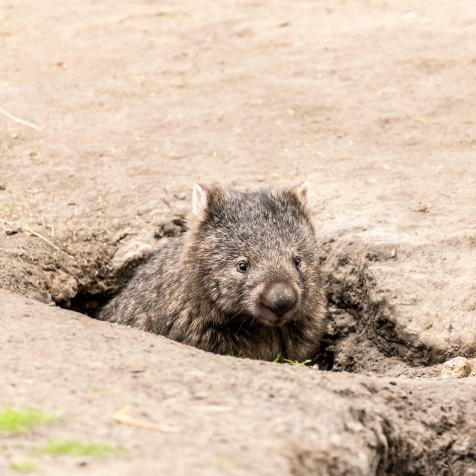
Morgan Heim
Oklahoma’s Annual Bison Health Check-up is a Sight to Behold
In Oklahoma, where some of the US’ last remaining tallgrass prairies grow, Native American communities, cowboys and conservations have been working hard to bring back - and maintain - the bison population in the Great Prairies.
Every year, on a cold October morning, cowboys brave the bitter Oklahoma wind to round up bison from the prairies. Once, up to 60 million bison roamed North America. But after settlers landed on the continent, their numbers dwindled to just 325.
A project on the outskirts of Pawhuska, Oklahoma, has reintroduced 2,600 bison to the Joseph H. Williams Tallgrass Prairie Preserve. Not only in an effort to bring back what was once the mainstay of the land, which belongs to the Native American Osage Nation, but also to aid the preservation of tallgrass prairieland.
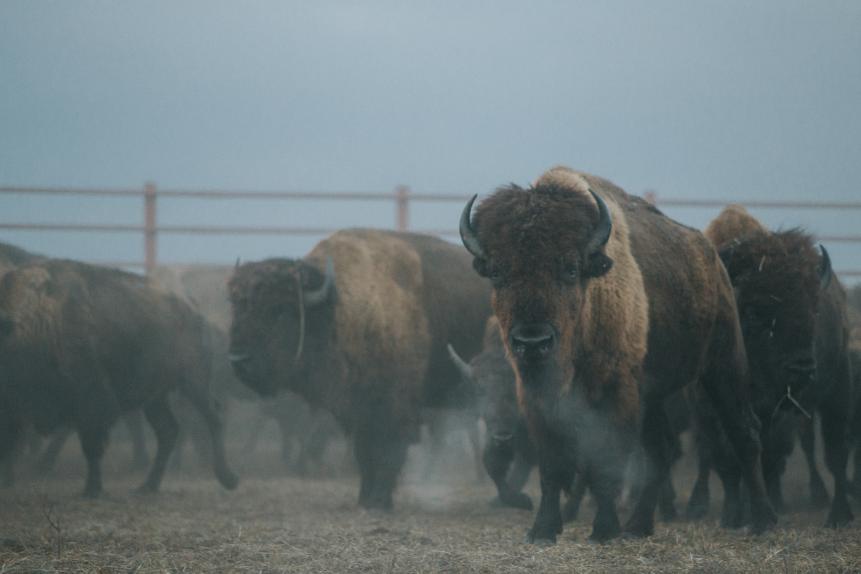
The tallgrass, like the bison, was once a common sight, an ecosystem that reached across 14 states. Now, just 4% of the grassland remains. And the majority of that is in Oklahoma’s preserve.
Bison are far better animals than cows to preserve the grass due to their grazing habits, and non-profit The Nature Conservancy has been working hard alongside cowboys and Native Americans to bring the animal – and the ecosystem – back.
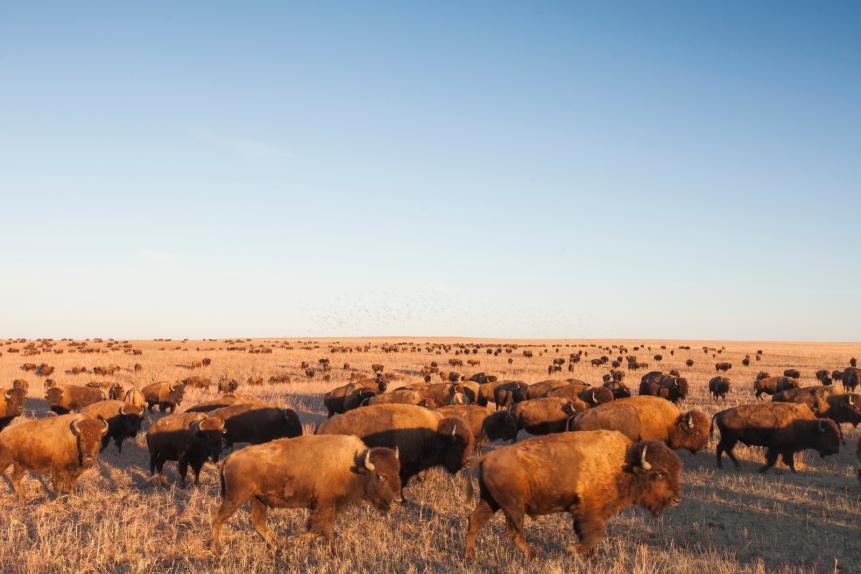
Morgan Heim
“The bison are part of who we are,” says Jo Conner, whose Osage Nation name is Tse Daha meaning buffalo hide. “And the prairie is the essence of what makes us Osage, so it is very important that we protect it.”
Along with patch burning and land management, bison are used as a tool to ensure the future of the prairies.
Local rancher Harvey Payne, who also works at The Nature Conservancy, explained the challenges of keeping bison on the plains.
“They’re not like cows. They can be volatile and not only are they strong, they are also very fast. So we have to have a whole team of ranchers who come down to administer the vaccines. We take about two or three weeks to round them up, and we keep them in a holding pen. Then, when the time comes, we drive them into the corral.”

The calves are separated from the adults, to ensure they aren’t harmed. However, every year, there are casualties. “We try our best to avoid it, but it inevitably happens,” Payne says.
Bison can reach up to 6.5 feet tall at their shoulder, and weigh more than a ton.
As white pickup trucks churn mud into the air, revving their engines, and spinning around the pen to funnel the remaining furry brown animals into the corral, Payne stands back and watches, hands dug deep in his pockets to protect them from the cold.
“It’s a beautiful thing to watch these animals,” he says. “It feels like a taste of what America once was, all those years ago.”

Morgan Heim















